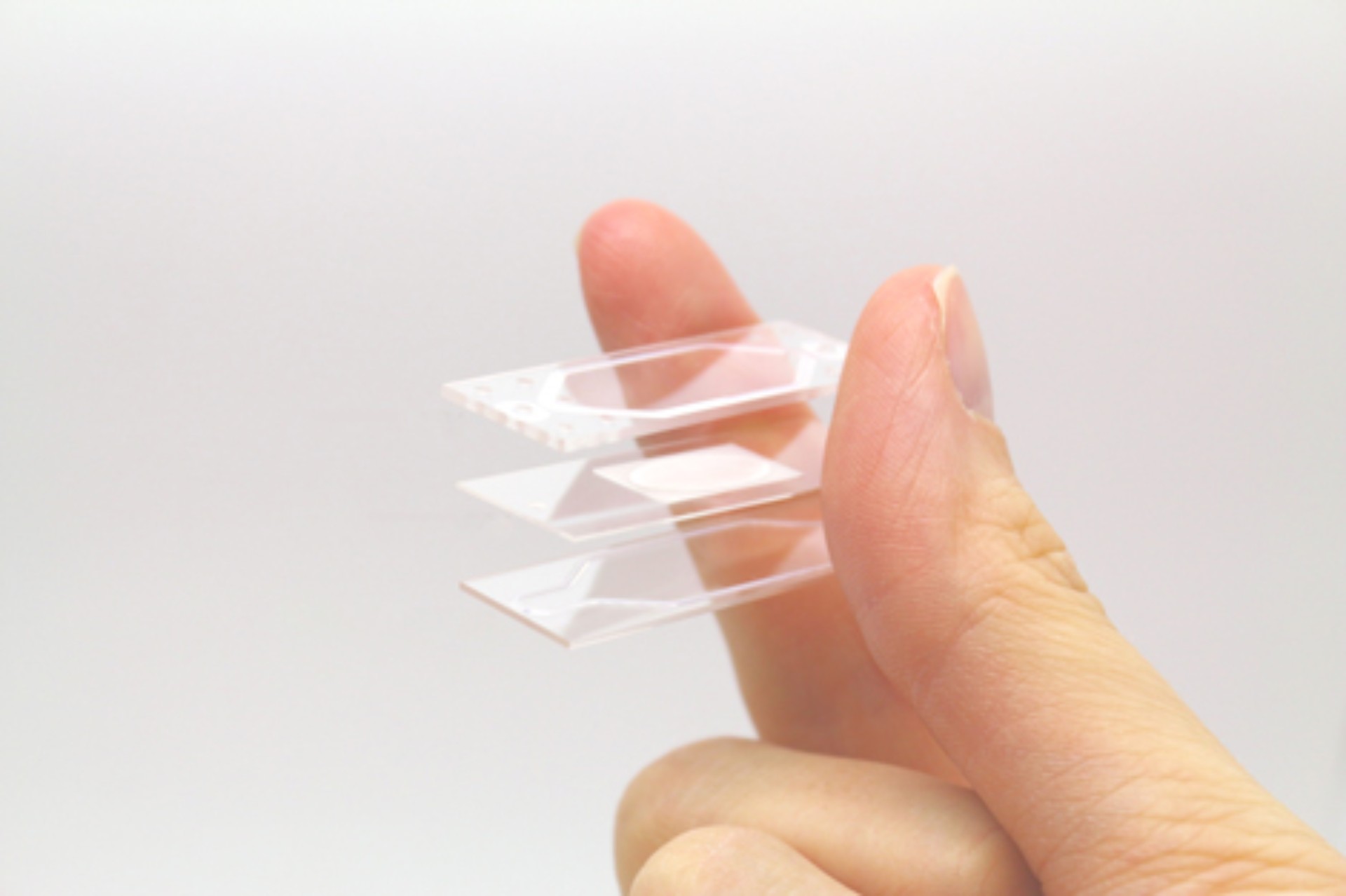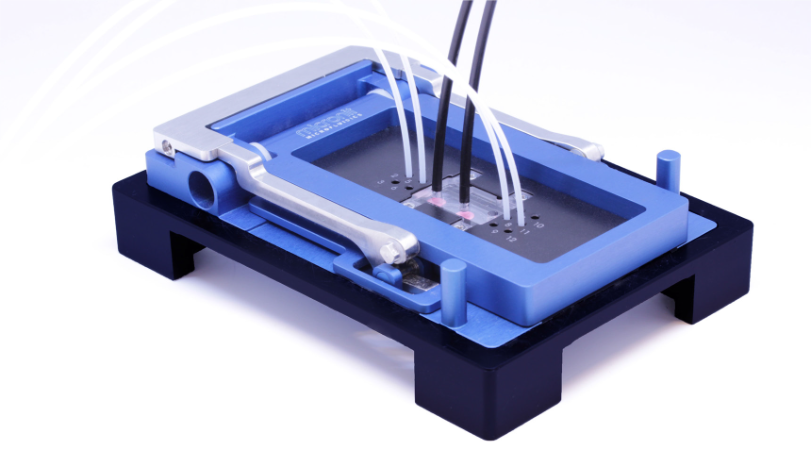In the life science and pharmaceutical industries, organ-on-a-chip is one of the fastest-growing fields. The convergence of labs-on-chips (LOCs) and cell biology has facilitated this new method of studying human physiology. Organ-on-a-chip devices consist of a microfluidic platform that allows users to tailor a highly biomimetic system in an artificial environment. The cell culture chips simulate the physiological response of organs.
In vivo complexity in in vitro devices
Micronit develops and produces organ-on-a-chip devices for customers, thereby we offer the use of the latest technological advancements in this field. Micronit’s devices are already in use at several research laboratories around the world, proving their suitability in creating artificial models (among which the gut and lung) in the field.
Cell culture platform
The heart of the organ-on-a-chip device is a porous membrane that is directly accessible by, for example, pipetting, making the transfer of the standard biological protocols easy. By assembling the membrane layer with a top and bottom layer and securing it with a dedicated, customizable chip holder, a cell culture platform is created with separately controllable fluid-flows above and below. The resealable nature of the device allows to re-open the chips at any time, efficiently recovering the cells and making the imaging easier. Thus, a type of artificial organ is reproduced in a controllable system, and biologically relevant parameters can be measured.
Sensor integration
To allow easy monitoring of the biological content, sensors can be integrated into the organ-on-a-chip devices. Optical sensing has the advantage that results can be registered without being in physical contact with the chip or its contents, thereby avoiding the risk of contamination. Particular interest has been paid to realize optical sensing of oxygen. Oxygen plays a significant role in cell biology, as it is the central substrate of the aerobic metabolism and therefore regulates the energy available to the cells. Integrated oxygen sensors allow continuous monitoring of the oxygen available to the cultured cells.

